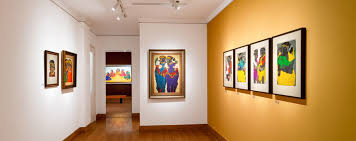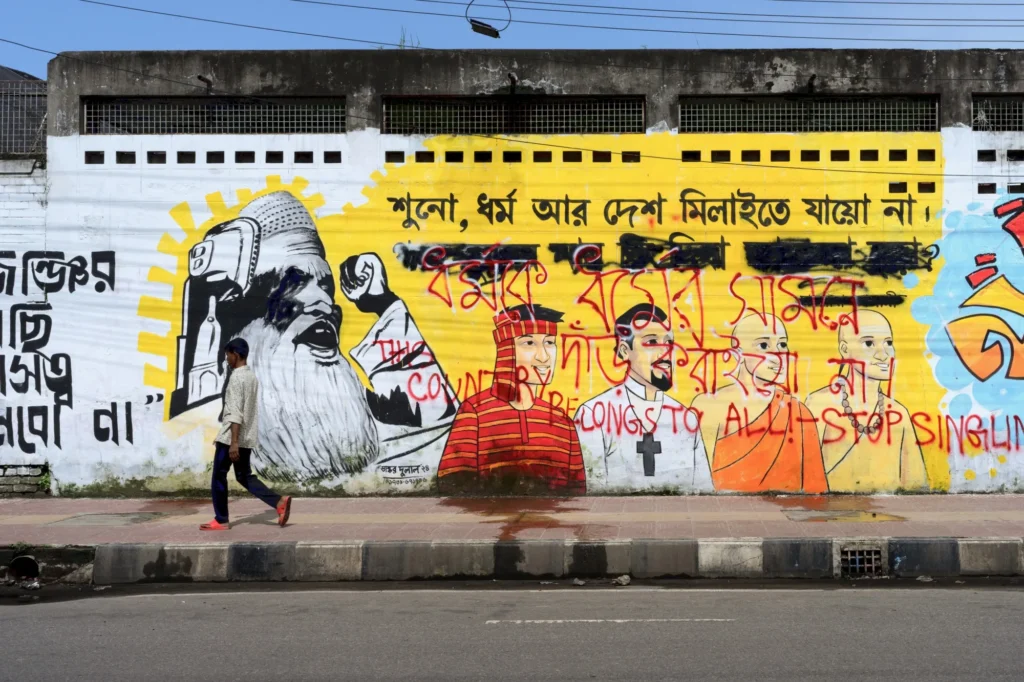
Menu

In the heart of Dhaka, a visual revolution is unfolding—one wall at a time. Urban murals are turning the city’s grey, chaotic streets into vibrant canvases, where art meets activism. What began as scattered graffiti has grown into a citywide movement, led by young Bangladeshi artists eager to express social, political, and environmental messages.
From Mohammadpur to Uttara, walls once covered with posters or left blank are now filled with bold colors and symbolic images. These murals depict a range of themes—climate change, women’s rights, Bengali heritage, mental health, and the dreams of youth. Often, the artworks are multilingual, incorporating Bengali scripts with powerful visual storytelling, making the message clear and inclusive.
Art collectives like Art for Change and independent muralists have played a major role in this transformation. In areas like Hatirjheel and Shahbagh, large-scale murals have become local landmarks. Social media has amplified their impact, allowing these public artworks to travel far beyond their physical locations.
What makes Dhaka’s mural movement unique is its deep connection to the people. Many artists involve local communities in planning or painting, making the process inclusive. The murals aren’t just decoration—they’re tools of education, protest, and pride.
Though urban space remains tightly contested in Dhaka, this creative explosion offers hope. Murals are not only brightening dull walls but also giving voice to the voiceless. In a city where traffic and noise dominate daily life, these walls speak softly—but powerfully—reminding everyone that art still has a place in the public conscience.

@THE INDIAN ART COTTAGE
© The Indian Art Cottage | All Rights Reserved | 2025